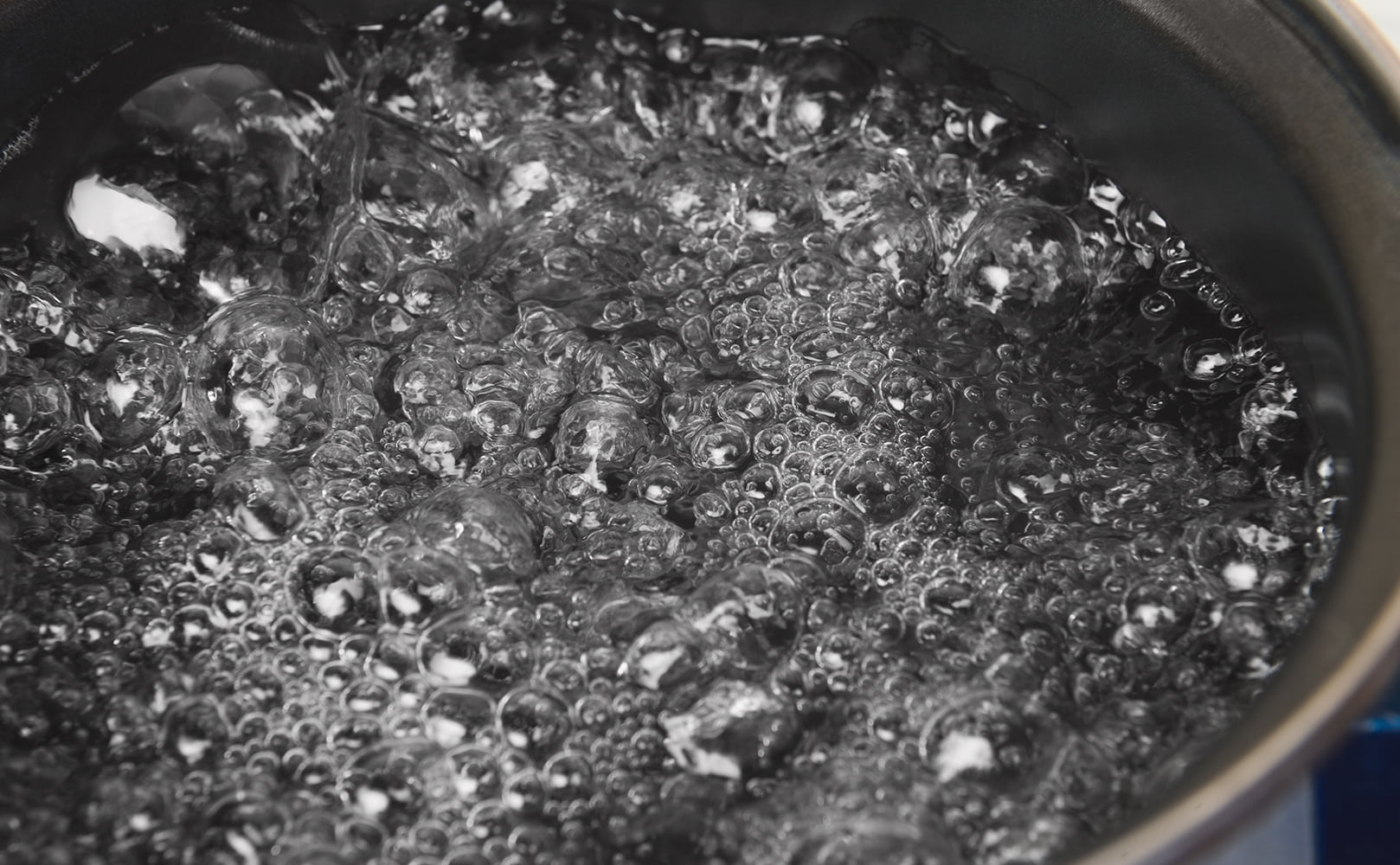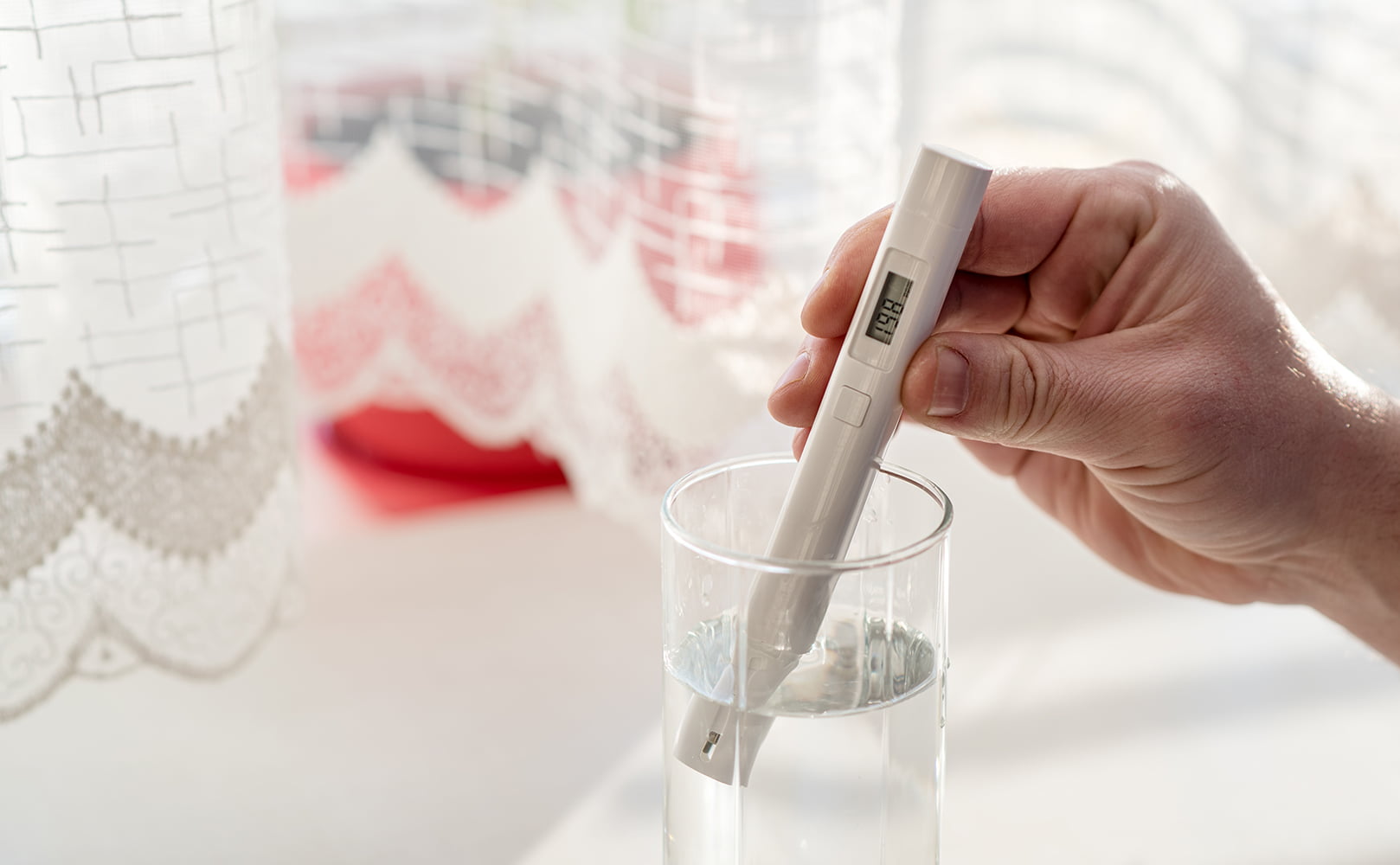How to Reduce TDS in Water without RO? Find Out Here!
Written by: Gene Fitzgerald // Last Updated: Jul 28, 2023
This page may contain affiliate links. If you buy a product or service through such a link we earn a commission at no extra cost to you. Learn more.
TDS, or total dissolved solids, is what is used to describe the quantity of substances dissolved in water. These can be dangerous pollutants like lead to beneficial elements such as calcium and magnesium.
Reverse osmosis systems are highly proficient at eliminating TDS from water, offering an impressive 95-99% reduction rate.
But can you also reduce your water TDS without reverse osmosis? Let’s see.
Key Takeaways
- Besides reverse osmosis, other ways to reduce TDS in water include water distillation, water deionization, and nanofiltration, though they may not be as effective as reverse osmosis.
How to Reduce TDS in Water without RO?
So, how to reduce TDS in water without RO?
While reverse osmosis is one of the most effective methods for reducing TDS in water, there are some others that can work and some that do not!
Water Distillation
Water distillation is remarkably efficient in decreasing water TDS levels. This straightforward purification process entails heating the impure water until it turns into vapor, effectively separating the water from all its impurities and leaving them behind. The vapor goes back into its liquid form which is pure H2O free from TDS. It is, however, slow and expensive.
Water Deionization
Deionization can also decrease some TDS. This technique involves the water flowing through ion exchange resins. Positively-charged ions bind to the negatively-charged resin – and vice versa. As a result, the water is stripped of all ions and becomes deionized.
Usually, deionization is used along with reverse osmosis filtration. This combination is because reverse osmosis can eliminate impurities and contaminants that are not ionic. When these two techniques are used together, they can potentially achieve a TDS reading of 0 ppm.
Nanofiltration?
Some studies have shown nanofiltration to be effective in removing TDS from water. Nanofiltration is like a super, super fine strainer that can catch tiny bits of dirt, it just isn’t quite as effective as getting all of it as some other methods (around 60%).
Boiling?
Boling is ineffective at removing TDS because dissolved impurities remain in the water and are poured out when you empty the boiler.
Water Softening?
Water softening will not remove TDS. Yes, water softeners do use cation exchange to remove calcium and magnesium from the water, but they replace them with sodium or potassium ions.
Can You Reduce TDS in Water Naturally?
TDS cannot be removed from water naturally unless you find another water source that is lower in TDS!
What Are Total Dissolved Solids in Water?
Total dissolved solids comprise organic and inorganic materials ranging in size from molecular to tiny granules. These substances encompass heavy metals, minerals, salts, pesticides, and water disinfectants, among other materials.
It’s crucial to remember that TDS levels only measure the overall quantity of solids dissolved in water, not their composition. Consequently, water with high TDS levels doesn’t necessarily mean it is unsafe; instead, it could mean increased mineral content!
Total dissolved solids can enter your water through several avenues:
- Interaction with rock formations. Mineral water, due to extended contact, absorbs some of the rock’s minerals, typically resulting in TDS levels around 400 to 650 ppm. Although this is relatively high compared to other water sources, the dissolved substances are beneficial minerals like calcium and magnesium, so the TDS level isn’t problematic.
- Interaction with limestone or salt deposits can also elevate TDS levels by introducing carbonate or sodium into the water. While these dissolved solids are essentially harmless, they can modify the taste of the water.
- Other potentially hazardous sources of TDS include exposure to sewage, agricultural runoff, storm overflow, industrial and chemical runoff, and leaching from pipes.
Why Are Drinking Water TDS Levels Important to Monitor?
For reverse osmosis water, TDS serves as an effective measure to determine the efficiency of the filtration process. A properly functioning RO system should yield a decrease in TDS by at least 80% and ideally 90% or more.
To perform this test, simply record the TDS of your source water and then compare it to the TDS of your filtered RO water.
Aside from reverse osmosis, reasons to monitor water TDS levels are
- TDS can affect how your water tastes and smells.
- Some TDS like heavy metals are harmful.
- Higher TDS levels mean a higher burden on your water filter so that you might have to replace filter elements more frequently.
- High TDS can cause problems in your plumbing and home appliances.
- And high TDS water isn’t ideal for cleaning.
How to Test for TDS
Two popular ways to measure TDS in water are utilizing a TDS meter or filter paper.
TDS Meter
A TDS meter is a compact electronic tool that calculates TDS levels by examining electrical conductivity. It will provide you with a TDS reading in parts per million (ppm) or milligrams per liter (mg/L), both of which mean the same thing.
It’s crucial to remember that although TDS meters will give you an accurate TDS reading, they don’t specify the particular substances present in your water.
Filter Paper
The filter paper method is a traditional approach to measuring TDS that requires a bit more effort but is still effective. For this process, you’ll need a clean glass container, filter paper, a clean dish for evaporation, a stirring stick, a pipette, and a digital scale.
Here’s how to measure TDS using filter paper:
- Firstly, weigh the empty evaporating dish and note down its weight.
- Next, stir the water sample thoroughly to evenly distribute the dissolved solids.
- Using the pipette, take a 50 ml sample from the mixed water.
- Pour this sample into the container through the filter paper. Repeat this step at least three times to ensure the filter paper captures all dissolved solids.
- Transfer the filter paper to the evaporating dish.
- Lastly, weigh the evaporating dish with the filter paper inside and record the weight.
To calculate the TDS of water, use the following formula:
TDS = (Weight of Dish with Filter in mg – Weight of Empty Evaporating Dish in mg) x 1000 / Water Sample in mg
How Much TDS Is Safe in Drinking Water?
The Environmental Protection Agency (EPA) states that water with a TDS level up to 500 ppm is safe, while anything over 1,000 ppm could pose a potential risk.
The World Health Organization (WHO) deems any water with a TDS level exceeding 1,200 unfit for consumption.
If you have any questions about how to reduce TDS of water without RO please don’t hesitate to leave a comment below!
Information provided on BOS is for educational purposes only. The products and services we review may not be right for your individual circumstances.
We adhere to strict editorial guidelines. Rest assured, the opinions expressed have not been provided, reviewed, or otherwise endorsed by our partners – they are unbiased, independent, and the author’s alone. Our licensed experts fact-check all content for accuracy. It is accurate as of the date posted and to the best of our knowledge.



